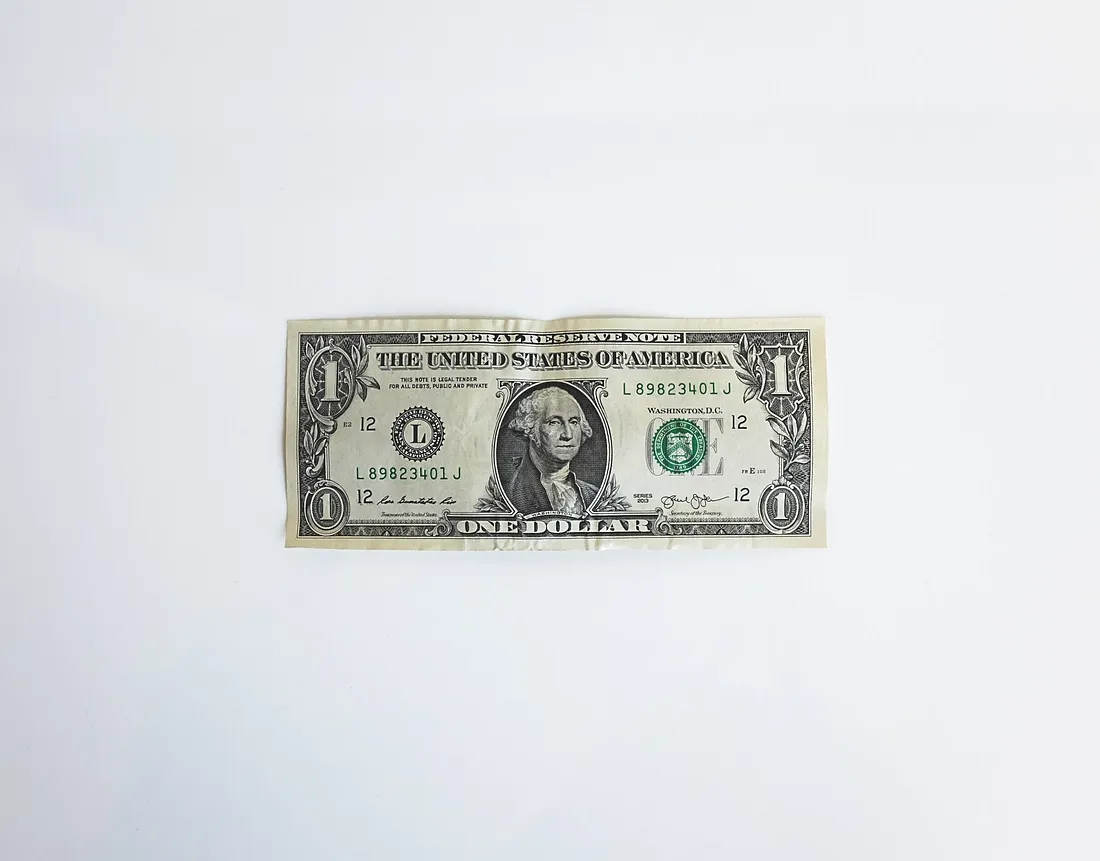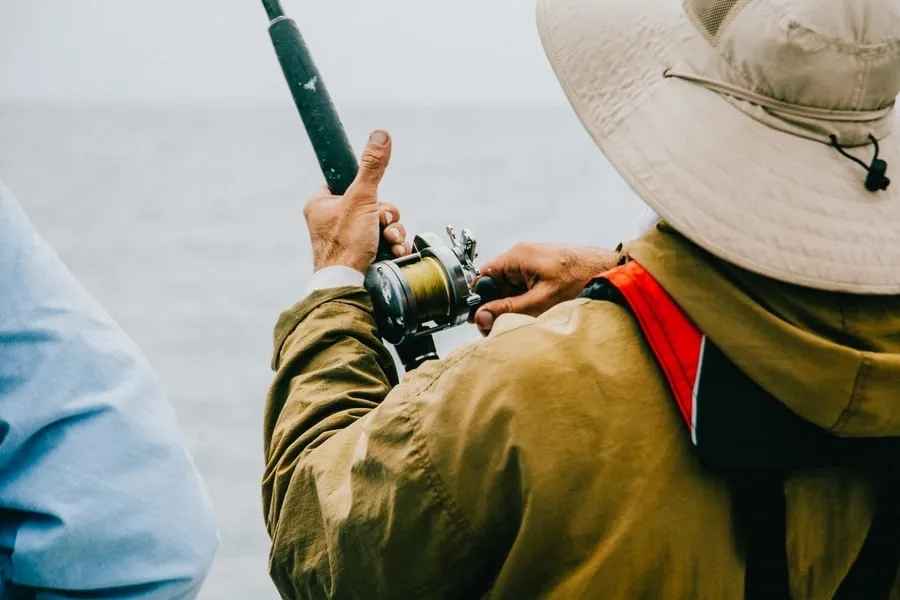How much money should I spend to promote my podcast?

At Pacific Content, we often work on podcast projects that include a paid promotion budget. Some podcast marketing budgets are small (a few thousand dollars). Others are large (hundreds of thousands of dollars).
I frequently recommend “paid audio promos” as part of a show’s marketing plan. As I’ve written before, buying ads in someone else’s podcast to promote your own show can yield excellent bang-for-buck.
Of course, the obvious question is, “How much should we spend on podcast ads to promote our show?”
I understand this question, and I hear it a lot. But I don’t think it’s an especially helpful place to start. Why? Because it assumes all paid podcast promos are equally effective. And they’re not.
There’s no magic dollar amount that will guarantee audience growth. I’ve seen modest budgets yield stellar results, and I’ve seen large buys produce diddly-squat. On its own, your total budget is not a useful indicator of how successful your show’s marketing campaign will be.
What to ask instead
Rather than starting with a dollar figure, begin with the end in mind. Start with a clear understanding of how you want your promos to sound, and what results you want to achieve.
When I shop for paid promos for our clients, here’s what I’m looking for:
- Differentiated creative
- An overlapping target audience
- Measurable ROI
What do I mean? Let’s dig in.
Differentiated creative

When you shop for clothes, you can buy off the rack. Or you can buy a custom, made-to-measure garment crafted just for you. A custom garment will take longer and require more work… but you’ll get a much better fit.
The same is true of paid podcast promos.
I often hear “off the rack” podcast promos, delivered by an anonymous voice, devoid of endorsement, full of boilerplate language (“Support for our network and the following message come from Sponsor X…”).
If you’re paying money to promote your podcast on another podcast, avoid buying off the rack. Demand a high degree of customization.
For example, to promote McAfee’s series Hackable?, our partners at Response secured a highly-customized interactive spot on Sleepwalkers. Take a listen:
Nothing about this spot feels boilerplate, and it’s a great example of what can happen when you push for customized creative.
An effective paid podcast promo:
- Is delivered by a known host (vs. an anonymous announcer) who has actually heard the show they’re promoting and can explain why it’s worth their audience’s time and attention.
- Sounds like genuine endorsement, because it is a genuine endorsement
- Gives the listener a compelling reason to sample
- Focuses on the show, not the parent brand (e.g. promote Game of Thrones, not HBO)
- When appropriate, includes example audio
NB: “differentiated creative” doesn’t just apply to host-read spots. Think outside the 30-second spot. Custom integrations and episode drops typically yield better results than spots.
An overlapping target audience

Fish where the fish are.
If you’re marketing a show for tennis enthusiasts, think about buying ads on other tennis-focused shows. If you’re marketing a show for DevOps professionals, buy ads on shows that DevOps engineers already listen to. If you’re marketing a show about professional wrestling, find shows with wrestling-obsessed listeners.
How do you find shows with the right audience? At Pacific Content, we use our podcast neighbourhood tools to identify groups of overlapping audiences.
For example, when I was researching paid promo opportunities for Season 3 of Adobe’s Wireframe — a show made for interaction designers — I found a bunch of great shows by zeroing in on the UX and UI corners of the Design and Technology neighbourhoods:

If you don’t want to hand-pick individual shows and networks, some podcast ad marketplaces (like Megaphone Targeted Marketplace and Art19) offer audience targeting by interest, location, demographic, and purchase behaviour.
The more well-defined your show’s target audience is, the easier it is to identify shows to advertise on.
Measurable ROI
If you pay to advertise your show on someone else’s podcast, you need a way to know if your campaign worked or not.
At Pacific Content, our success metric for paid promo is simple: dollars in, downloads out.
Podcast promos are typically sold on a CPM (cost per thousand impressions) basis. Impressions are fine to measure, but ultimately, I care about whether those impressions led to new listeners. Don’t just buy impressions. Buy impressions that deliver measurable results.
Historically, direct attribution for audio-to-audio campaigns has been tricky. But podcast technology companies like Chartable and Podsights now offer audio-to-audio attribution tools that can help podcasters measure ROI on paid promo.
As Chartable’s Dave Zohrob told me in December 2019:
Conversion rates can vary wildly depending on a number of factors:
– Episode drop vs. ad — episode drops tend to perform better (perhaps for obvious reasons; it’s an entire episode of a podcast that’s an ad vs. 30 seconds)
– Genre and audience alignment — it’s perhaps not surprising that true crime fans love true crime, but if you drop something totally unrelated into a true crime feed, you won’t see amazing results
– Frequency — how often is someone hearing about your podcast?
As a very general baseline, we see conversion rates of 0.25–1% for ads, and 1–10% or more for episode drops.
Paid audio promos can be an incredibly effective way to introduce new listeners to you show. But they’re not a panacea. Effective paid campaigns require lots of research, effort, and good working relationships with the shows you advertise on.
If somebody tries to sell you paid podcast promos without a clear plan for measurement, audience alignment, and differentiated creative… be wary.
Remember
- All paid audio promos are not created equal.
- There’s no magic dollar amount that will guarantee success.
- Demand differentiated creative
- Focus on shows with a tight audience overlap (or adjacency)
- Measure your results: dollars in, downloads out.
- The show you promote needs to actually be good. No amount of money will trick people into loving a crummy show.
Sign up for the Pacific Content Newsletter: audio strategy, analysis, and insight in your inbox. Once a week.
